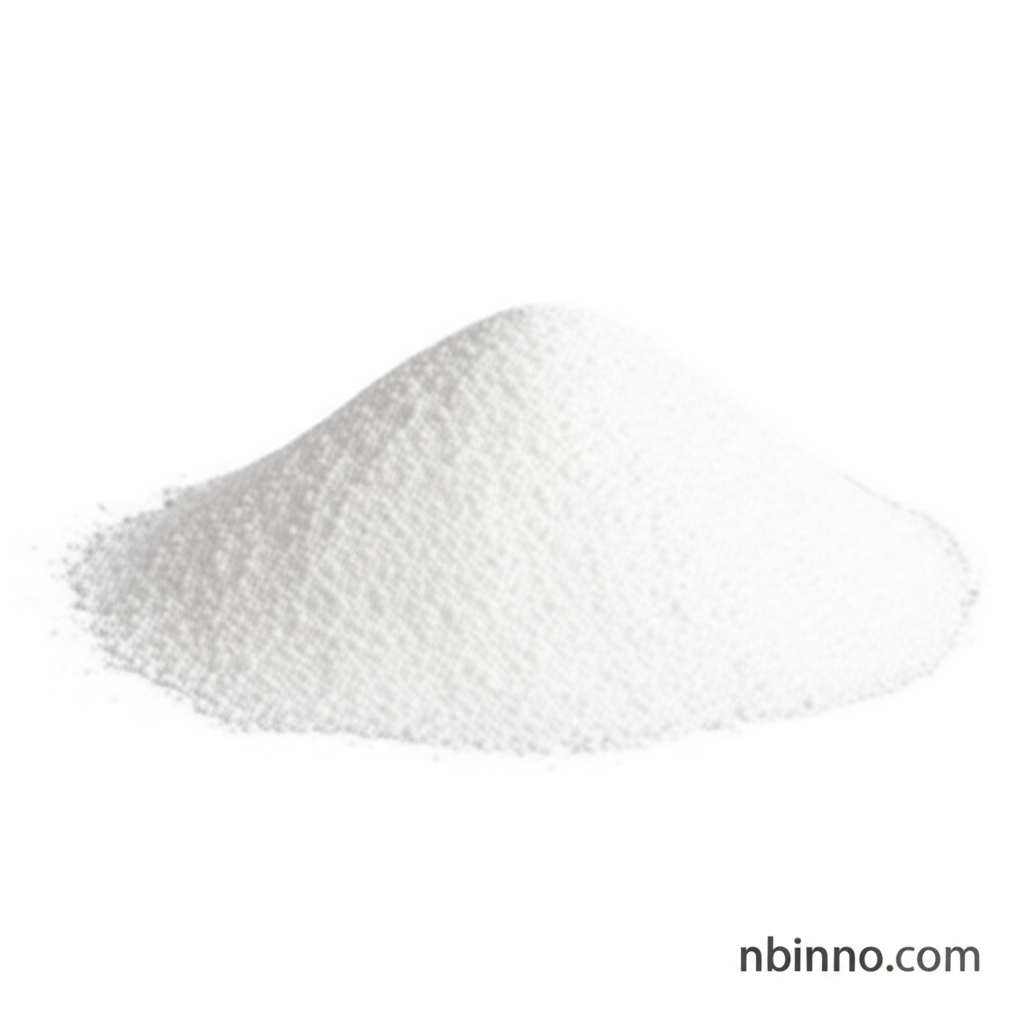Hydroxyethyl Cellulose (HEC): A Versatile Polymer for Oil Drilling and Beyond
Discover the critical role of HEC in optimizing oilfield operations and its diverse applications across industries.
Get a Quote & SampleProduct Core Value

Hydroxyethyl Cellulose
Hydroxyethyl Cellulose (HEC) is a non-ionic, water-soluble polymer derived from natural cellulose, offering exceptional thickening, suspension, and water-loss control properties essential for demanding industrial applications.
- As a vital HEC drilling fluid additive, it enhances viscosity and stability in challenging oil drilling environments.
- Its role as a viscosifier is crucial in fracturing fluids to effectively carry proppants, optimizing oil and gas recovery.
- This cellulose ether for fracturing fluid contributes to improved rheological properties, ensuring efficient proppant transport and sustained fracture conductivity.
- The biodegradable polymer for oilfield applications offers an environmentally sound solution for fluid management and operational efficiency.
Key Advantages
Enhanced Rheology
HEC significantly improves the rheological properties of drilling fluids, enabling better suspension of cuttings and efficient lubrication of the drill bit, thus improving the oil drilling process.
Superior Fluid Loss Control
The colloidal structure of HEC forms a protective filter cake on the well wall, effectively reducing fluid penetration into the formation and preventing wellbore instability, a key aspect of HEC viscosity modifier utility.
Environmental Friendliness
Being derived from natural cellulose and highly biodegradable, HEC offers an environmentally conscious alternative to synthetic polymers, aligning with green drilling practices.
Key Applications
Oil Drilling
Used extensively in drilling fluids, completion fluids, and fracturing fluids to enhance viscosity, control fluid loss, and improve lubrication, thereby optimizing oil and gas extraction.
Paints and Coatings
Acts as an efficient thickener and rheology modifier in water-based paints and coatings, improving application consistency, flow, and leveling properties.
Construction Materials
Employed in cement, mortar, and gypsum formulations to improve water retention, workability, and overall performance.
Pharmaceuticals and Cosmetics
Functions as a thickener, stabilizer, and film-forming agent in a wide range of products, including eye drops, lotions, shampoos, and oral medications.
